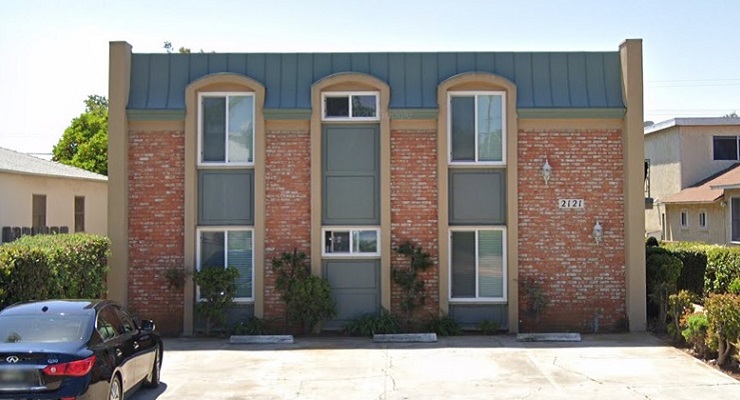
National housing prices are on the rise yet again.
According to S&P CoreLogic’s latest Case-Shiller U.S. National Home Price NSA Index, released Tuesday, annual home-price growth increased in January 2024 by six percent, up from a 5.6 percent gain in December 2023.
It is the fastest rate of year-over-year growth since 2022, said Bankrate.com.
“U.S. home prices continued their drive higher,” said Brian D. Luke, head of commodities, real & digital assets at S&P DJI, in a statement. “Our national composite rose by 6 percent in January, the fastest annual rate since 2022. Stronger gains came from our 10- and 20-city composite indices. On a seasonally adjusted basis, home prices have continued to break through previous all-time highs set last year.”
“For the second consecutive month, all cities reported increases in annual prices,” Luke said.
The Case-Shiller Index, which covers all nine U.S. census divisions, reported a 6.0% annual gain in January, up from a 5.6% rise in the previous month. Its 10-City Composite showed an increase of 7.4%, up from a 7.0% increase in the previous month, according to the recent report from Bankrate.com.
The 20-City Composite posted a year-over-year increase of 6.6%, up from a 6.2% increase in the previous month. And according to the Case-Shiller index, two California cities led the way, with San Diego again reporting the highest year-over-year gain among the 20 cities with an 11.2% increase in January, followed by Los Angeles, with an increase of 8.6%.
Compared to last year, month-over-month Index numbers were relatively flat, with the 10-city index remaining the same and the 20-city index rising by a tiny 0.1 percent, said the report. However, the annual growth was more significant for both indices, rising 7.4 percent and 6.6 percent, respectively.
The story looks different in a month-over-month comparison, though, said Luke.
Said Luke, “On a monthly basis, home prices continue to struggle in the face of elevated borrowing costs. Seventeen markets dropped over the last month. Only Southern California and Washington, D.C., have stood up to the rising wave of interest rates and delivered positive returns to start the year: San Diego rose 1.8 percent in January, followed by D.C. with 0.5 percent and Los Angeles at 0.1 percent.”
Bankrate.com also reported that The Federal Reserve’s aggressive moves to combat inflation — with 10 consecutive rate hikes over 2022 and 2023 — have put upward pressure on mortgage rates, even as inflation declined. While the Federal Reserve doesn’t directly set mortgage rates, the mortgage market’s interpretations of the central bank’s moves influence how much you pay for your home loan.
The long period of low mortgage rates following the Great Recession came to an end in 2022. In June 2022, rates topped 6 percent for the first time since 2008. The upward trend continued through October, when rates hit a 23-year high of 8 percent.
“As the Federal Reserve worked to get inflation under control, higher interest rates tempered what many homebuyers could afford and, in turn, softened home sales,” Steve Reich, division president at Go Mortgage, in a statement.
Bankrate also noted that higher rates exacerbate the housing shortage, stopping many homeowners from selling when they otherwise might — and thus keeping those homes off the market and out of the supply of available housing.







